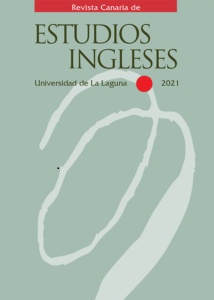"The Greatest Extasy o Bliss" Realism, Subversion and Eroticism in the Dumb Virgin; or the Force of Imagination
Abstract
The 1690s was a decade of great productivity in terms of prose fiction in England. The Dumb Virgin; or, the Force of Imagination, dating from 1698, exhibits some of the narrative methods employed by Aphra Behn in the earlier stages of her literary career with The Fair Jilt and Oroonoko, published ten years previously. In this article, we will firstly examine the traces of realism evident in the presentation of the characters, [...] Secondly, we will explore the question of gender that lies beneath the surface of the narrative, drawing attention to the prominence of the young women and the reflection of their desires as well as the description of their romantic experiences. Thirdly, we will investigatethe portrayal of eroticism in the female protagonists (particularly with regard to Maria), which confers a notably feminine aspect to the narrative, in contrast to the interpretation of the female body as defective. Lastly, we will see how Aphra Behn deconstructs the dominant status quo of her time, in terms of female desire and the explicit portrayal of women in 17th century society. The author depicts characters that draw attention to the idea of the projection of desires, as well as the presence and active participation of women in society.



